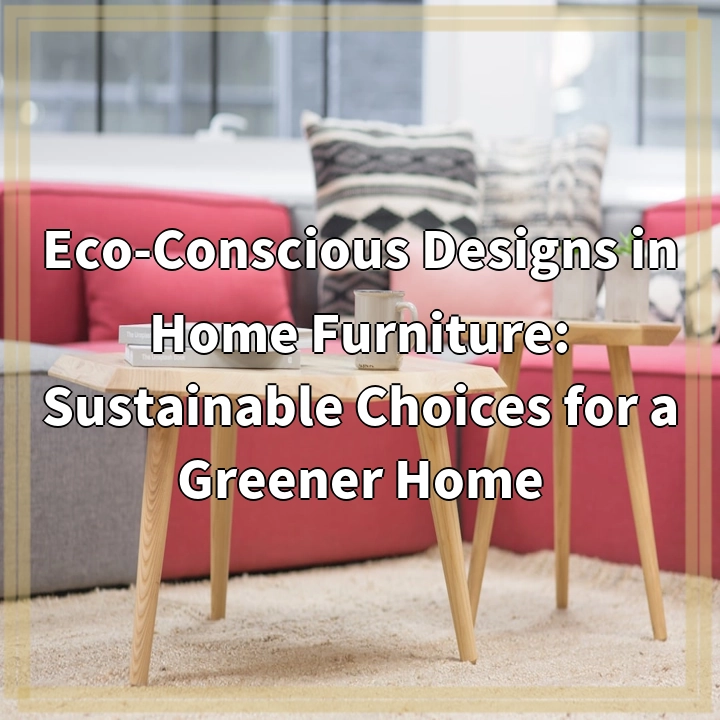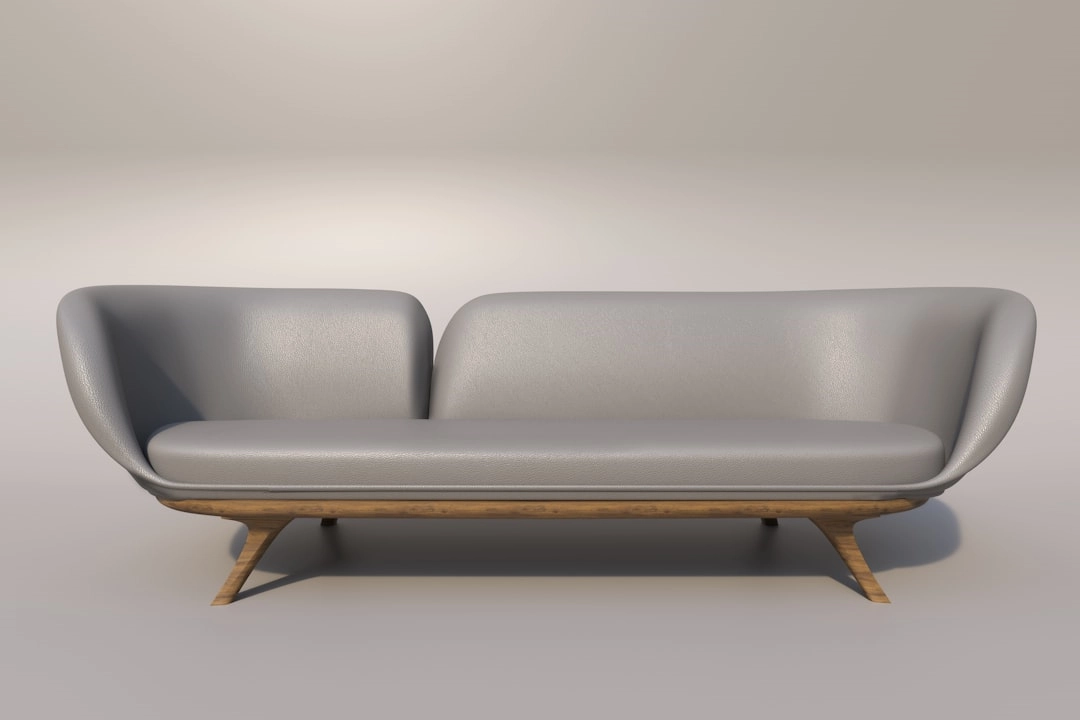
What it is:
Eco-conscious designs in home furniture refer to the creation and selection of household furniture that prioritizes sustainability and environmental responsibility. This approach often involves using materials that are renewable, recycled, or sustainably sourced, as well as employing manufacturing processes that minimize waste and reduce carbon emissions. Eco-conscious furniture designers aim to create pieces that not only serve practical purposes but also reflect a commitment to preserving the environment. By opting for eco-friendly materials such as bamboo, reclaimed wood, or certified organic fabrics, consumers can make responsible choices that contribute to a smaller ecological footprint.
Real-World Problems
Despite the growing interest in eco-conscious designs, there are several significant real-world problems associated with this movement. One major issue is the cost barrier to sustainable furniture. Eco-friendly materials and ethical manufacturing practices often come with a higher price tag, which can make these options inaccessible for many consumers. As a result, sustainable furniture is often seen as a luxury rather than a standard choice, limiting its widespread adoption.
Supply Chain Challenges
Another challenge lies in the supply chain. Sourcing sustainable materials can be complex and inconsistent, leading to potential shortages or increased transportation emissions. Many eco-conscious furniture brands struggle to maintain transparency throughout their supply chains, making it difficult for consumers to verify the sustainability claims of specific products.
Consumer Awareness and Misconceptions
Additionally, there is often a lack of consumer awareness regarding the benefits and availability of eco-conscious furniture options. Many individuals may underestimate the positive impact that their purchasing decisions can have on the environment or hold misconceptions about the durability and design of sustainable furniture. Educating consumers about the long-term benefits of investing in eco-friendly designs is crucial for driving the transition toward greener home furnishings.
Environmental Impact of Traditional Furniture
Moreover, the environmental impact of traditional furniture production cannot be overlooked. The furniture industry is a significant contributor to deforestation, pollution, and landfill waste. Conventional manufacturing processes often involve harmful chemicals and generate substantial waste, exacerbating environmental degradation. By contrast, eco-conscious furniture aims to mitigate these issues, but the ongoing demand for fast and inexpensive furniture continues to pose a threat to sustainable practices.
Regulatory and Industry Standards
Finally, the lack of standardized regulations or certifications for eco-friendly furniture poses challenges. Without clear guidelines, many manufacturers can label their products as “green” without adhering to rigorous sustainability practices, leading to confusion among consumers and potential greenwashing. Establishing reliable certification systems would help consumers make informed choices and support truly responsible brands.

Solutions to Promote Eco-Conscious Designs in Home Furniture
Promoting eco-conscious designs in home furniture requires a multi-faceted approach to address the challenges faced by consumers, manufacturers, and the environment. By implementing various solutions, stakeholders can work together to foster a more sustainable furniture industry.
Enhancing Accessibility and Affordability
One effective solution is to enhance the accessibility and affordability of eco-conscious furniture. Manufacturers can explore innovative production methods or materials that reduce costs without sacrificing sustainability. Additionally, government incentives or subsidies for sustainable practices could help lower prices, making eco-friendly options more attainable for a wider audience.
Improving Supply Chain Transparency
Improving supply chain transparency is crucial for building consumer trust. Brands should provide clear information about their sourcing practices, production methods, and sustainability certifications. This transparency can empower consumers to make informed decisions and encourage more companies to adopt responsible practices.
Consumer Education and Awareness
Increasing consumer education and awareness about eco-conscious furniture is essential. Developing informative campaigns and resources can help dispel myths and convey the benefits of sustainable choices. Workshops, online courses, and social media initiatives can engage potential buyers, fostering a community that values environmentally responsible products.
Promoting Sustainable Industry Standards
Establishing and promoting standardized regulations for eco-friendly furniture can combat greenwashing and ensure that consumers are investing in genuinely sustainable products. Industry organizations could collaborate to create certifications that reflect true sustainability efforts, guiding consumers toward responsible brands and practices.
Encouraging Innovation in Sustainable Materials
Encouraging innovation in sustainable materials is vital for the evolution of eco-conscious furniture. Companies and researchers can collaborate to develop new materials and processes that are not only environmentally friendly but also economically viable. Investing in research and development can lead to a more sustainable furniture market that meets consumer demands without compromising the planet.
Promoting Circular Economy Practices
Finally, promoting circular economy practices in the furniture industry can significantly reduce waste. Brands can adopt take-back programs, encouraging customers to return old furniture for recycling or refurbishing. By integrating circular principles into their business models, companies can help minimize the environmental impact of furniture consumption.















